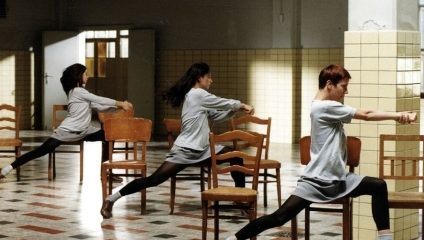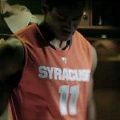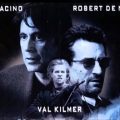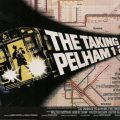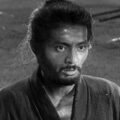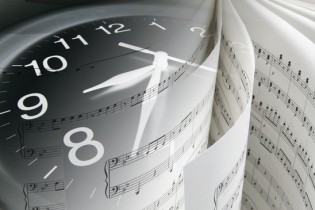Contents
Designing time, space, and sound with dance
More than ten years ago, I was riveted by performances of several contemporary dance companies, including Jiri Kylian‘s Nederlands Dans Theatre and Anne Teresa De Keersmaeker‘s Rosas. What fascinated me was not only their sophisticated choreography style but also the way they used music. Suffice it to say that I was “reversely” inspired as a composer by how they designed several elements such as time, space, and sound, not in a superficial way but in a more philosophical way.
Today, I’d like to introduce Rosas’ “Rosas Danst Rosas” (which I’ve already mentioned in my Japanese blog, using an analogy from Ikebana – the Japanese art of flower arrangement). When I came across this, I felt it fit into my senses without any discomfort or awkwardness (which we often feel when we encounter contemporary art performances). Their moves looked natural and sophisticated, not because of “being creatively free” but because of “being strictly controlled.” In other words, it is well calculated. This precision in their choreography is, however, not an attempt to be eccentric or extraordinarily different but an embodiment of their well-thought and disciplined concept of creative expression.
Between creative freedom and awkwardness – Early contemporary art
Early contemporary or avant-garde artists, not limited to dancers, used to pursue literally “creative freedom.” They aimed at breaking pre-existing formulas/rules and unleashing themselves through their often spontaneous and abstract expression. Therefore, some performances seemed eccentric or even purposely came off as awkward.
On the other hand, while early minimalists challenged new formulas/rules and pursued them strictly, most of their works still seemed similarly awkward and unnatural. That was because they had to emphasize the significance of presenting new formulas or attitudes. That was, in a way, inevitable because in the contemporary era, to show “something entirely new” (regardless of whether it’s formulated or freestyle), i.e., to defy something that already exists, has been prioritized over fitting naturally into the audience’s senses or imaginations.
As artists, they didn’t settle for a lukewarm balance between creative freedom and awkwardness. Such a compromise would have undermined their creativity and raison d’etre. We could call it now an unrewarded struggle for “art for art’s sake,” but the effort was imperative for the evolution of contemporary art.
When art goes POP
By contrast, these dancers and choreographers even seem to enjoy achieving the balance. That doesn’t mean they think inside the box or mold themselves into a cliche/déjà vu. It seems to me that they pay much attention to presenting a new way of re-designing or re-organizing all pre-existing and familiar elements surrounding us such as time, space, and sound. Although they don’t take an approach to show off their novelty blatantly, this is amazingly fresh, and undoubtedly I can catch their creativity and POP (catchiness) in this video.
That rhythmic catchiness may have inspired creative people in the advertising and music industry. It’s funny that we frequently come across commercials and music videos that were heavily influenced by this performance. Unfortunately, many of them just imitated their “style/formula,” not their underlying (or intrinsic) creativity.

